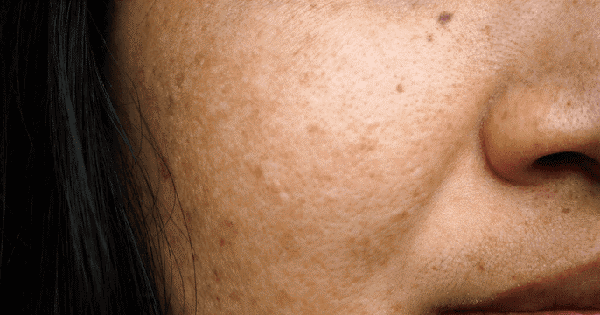Coping with menopausal hot flashes
The sudden onset of hot flashes makes women worry, warning of many health risks.
According to MSc Nguyen Thi Thanh Tam – Center for Obstetrics and Gynecology – Tam Anh General Hospital in Ho Chi Minh City, suddenly there is a stream of hot air from the upper body rising to the neck, face and then radiating all over the body, body temperature increases, heart rate increases. Fast palpitations, followed by a cold sweat are the hallmarks of a hot flash. The ups and downs of the hormones estrogen, progesterone, and testosterone affect the hypothalamus of the brain, which is responsible for controlling body temperature. When the hypothalamus is disturbed, the wrong perception of body temperature will transmit signals to the whole body to release heat, making the heart pump blood faster, blood vessels under the skin dilate for more blood circulation, sweat glands work. strong to cool the body. After sweating, the skin loses heat, causing chills, fatigue, anxiety …
Hot flashes can occur at any time of the day, disturbing women’s activities and work. In particular, hot flashes often appear at night, causing women to wake up in the middle of the night, making it difficult to go back to sleep. According to a study, the prevalence of chronic insomnia symptoms increases with severity, with more than 80% in premenopausal women and postmenopausal women having hot flashes. Hormonal decline leading to hot flashes, sweating, and insomnia during perimenopause – menopause also has implications for a woman’s overall health. The condition increases the risk of cardiovascular disease, causes rapid bone deterioration, faces the risk of osteoporosis, hip fractures, lower bone density in the neck and spine.

Hot flashes also disrupt circadian rhythms, making the body tired, psychologically inhibited, easily agitated, irritable, even depressed. Source: Shutterstock
How to “put down the fire” effectively
According to Dr. Nguyen Thi Thanh Tam, women can control their hot flashes by performing breath therapy. Each exhale, about 10 seconds, maintain this 2 times per day, each time for 15 minutes will bring positive results.
Women combined with relaxation methods such as meditation, yoga, will reduce the activity of the sympathetic nervous system, which is activated by the erratic rise and fall of the hormone triad. The performance of gentle, moderate exercises will help improve the effectiveness of limiting premenopausal hot flashes.
Doctor Tam information, one thing few people notice is that burning food to digest also generates heat, the “flame” is bigger when the body has to consume a large amount of food at the same time. To minimize this, you need to break your meals into several sessions instead of focusing on the usual fixed sessions. In addition, you should also note the following.
Quit smoking: Women who smoke often increase hot flashes in the body.
Weight lossAccording to research, obese women with a high body mass index (BMI) are more likely to experience hot flashes than lean or fit women.
Keep calm: train yourself to have the calmest attitude possible before events, reduce stress by practicing yoga, meditation, breathing as instructed above or relax with other measures such as essential oils, herbs as well as relaxation techniques. contribute to mental relaxation.
Ensure a clean, comfortable environment: There are a number of ways that can be applied such as drinking cool water, opening a fan or window for fresh air, loosening or changing thin clothing when sensing an impending hot flash.
Hot foods can also make hot flashes worse, such as caffeinated drinks, alcohol, and hot, spicy foods. You should limit foods in your daily menu.

Seeking the advice of a doctor, changing living habits, and choosing scientific methods are ways to effectively improve hot flashes in perimenopause – menopause. Photo: Tam Anh General Hospital
In the past, hormone replacement therapy was commonly used to correct perimenopausal-menopausal fluctuations, including hot flashes. However, long-term single estrogen supplementation can increase the risk of blood clots, heart disease, etc.
According to Dr. Tam, recently, many new studies have been carried out, which have found that the optimal solution for perimenopause – menopause symptoms and hot flashes is to strengthen the brain – pituitary – ovary axis system. . American scientists discovered that the specific herb for the axis system is Lepidium Meyenii. Herbs with diverse nutritional compositions, many precious sterols have the ability to positively affect the axis system, helping to restore stable hormone levels in the body, solving from the root of hot flashes. At the same time, this herb also contributes to help overcome the problems of perimenopause – menopause, helping women maintain health, beauty, and full physiological life.
Can be researched American Journal of Internal Medicine According to JAMA, up to 80% of menopausal women experience hot flashes. Usually, this only lasts for a few years, but there are cases where hot flashes can continue for up to 14 years. The younger the hot flashes appear, the longer they are likely to last.
Tue Diem
at Blogtuan.info – Source: vnexpress.net – Read the original article here


